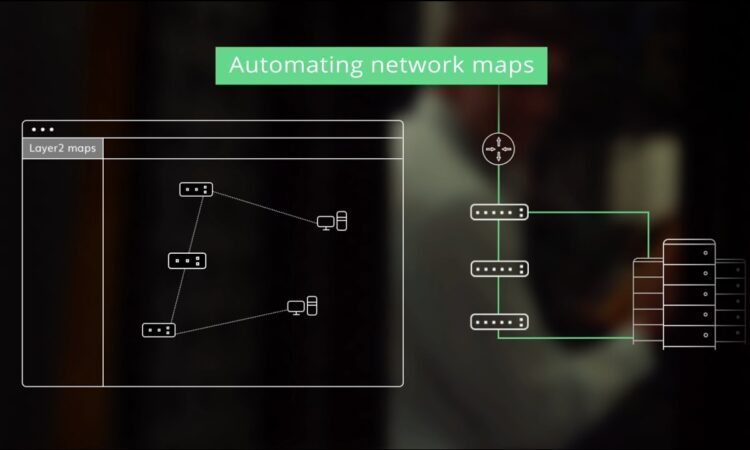
In today’s interconnected world, network management has become crucial for businesses and organizations to ensure smooth operations and seamless communication. Network mapping tools have emerged as indispensable assets for network administrators and IT professionals, simplifying the process of monitoring, managing, and troubleshooting complex networks. This article explores the benefits and features of network mapping tools, their role in network management, and how they streamline troubleshooting processes.
Understanding Network Mapping Tools
Network mapping tools are software applications designed to discover, visualize, and document network infrastructure. They provide detailed insights into network topology, device connectivity, and traffic flow. By automating the mapping process, these tools simplify network management tasks, improve efficiency, and enhance overall network performance.
Discovery and Visualization
Network mapping tools employ various methods to discover devices and connections within a network. They utilize techniques like SNMP (Simple Network Management Protocol), ICMP (Internet Control Message Protocol), and port scanning to identify devices and collect relevant information. Once the data is gathered, these tools generate visual representations of the network infrastructure, including diagrams, charts, and maps.
Real-Time Monitoring and Alerting
One of the key features of network mapping tools is real-time monitoring. These tools continuously track network performance metrics, such as bandwidth utilization, latency, and device availability. Administrators can set thresholds and receive alerts or notifications when anomalies or issues occur, allowing for prompt troubleshooting and minimizing downtime.
Enhanced Network Security
Network mapping tools contribute to network security by providing visibility into network devices, identifying potential vulnerabilities, and monitoring unauthorized access attempts. They help administrators detect rogue devices, outdated firmware, and misconfigured network components, thereby bolstering overall network security.
Network Documentation and Inventory
Accurate documentation is essential for effective network management. Network mapping tools facilitate the creation of comprehensive inventories, documenting device details, configurations, and network policies. This documentation streamlines troubleshooting, aids in capacity planning, and simplifies network audits.
Troubleshooting and Issue Resolution
When network issues arise, network mapping tools prove invaluable for troubleshooting. They offer features like network traffic analysis, packet capture, and diagnostic tools to identify the root cause of problems. The visual representation of the network helps administrators trace connectivity issues, pinpoint bottlenecks, and optimize network performance.
Network Scalability and Planning
As organizations expand their networks, scalability becomes a critical factor. Network mapping tools assist in planning and scaling networks by providing insights into existing infrastructure, available resources, and potential areas for improvement. They facilitate network expansion by identifying optimal paths for connectivity, ensuring efficient resource allocation, and reducing the risk of network congestion.
Integration and Collaboration
Network mapping tools often integrate with other network management systems, such as configuration management databases (CMDBs) and help desk software. This integration enables seamless collaboration among IT teams, centralizing network information and streamlining communication and issue resolution processes.
Network mapping tools have revolutionized network management and troubleshooting by simplifying complex tasks, providing real-time insights, and enhancing overall network security. These tools enable network administrators and IT professionals to visualize and understand their networks better, leading to more efficient troubleshooting, improved performance, and enhanced scalability. By leveraging the capabilities of network mapping tools, organizations can optimize their network infrastructure, minimize downtime, and ensure seamless connectivity in the digital era.
